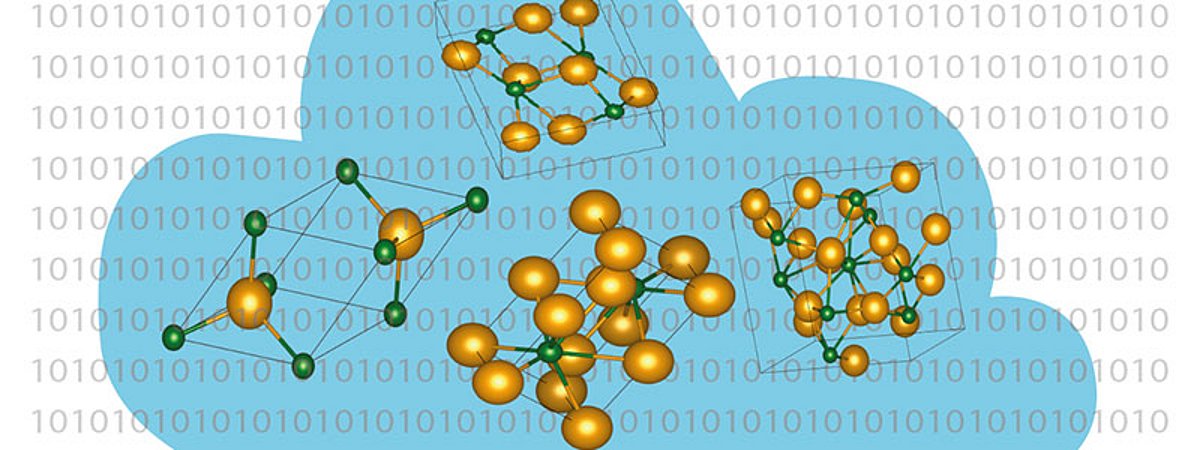Uni Oldenburg: Automatically predicting the properties of crystal surfaces

A method has been developed at the University of Oldenburg that allows the physical properties of complex crystal surfaces to be calculated automatically and solely on the basis of fundamental physical laws. This accelerates the search for materials for new technologies.
Computer-aided methods are becoming increasingly important in the search for new materials for important technologies such as photovoltaics, batteries or data transmission. Prof. Dr. Caterina Cocchi and Holger-Dietrich Saßnick from the Institute of Physics at the University of Oldenburg have now developed a method that allows the physical properties of complex crystal surfaces to be calculated automatically and solely on the basis of fundamental physical laws. This makes it possible to find suitable materials for applications, for example in the energy sector, more quickly, the researchers write in the journal "npj Computational Materials". In future, they would also like to combine their method with artificial intelligence and the possibilities of machine learning to speed up the process even further. As Saßnick and Cocchi report, similar methods have so far focused on solid bodies and not on surfaces. "However, all processes that are important for converting, producing or storing energy take place on surfaces," says Cocchi, who heads the Theoretical Solid State Physics working group at the University of Oldenburg. However, it is much more difficult to calculate the material properties of surfaces than of complete crystals. The interfaces usually have a complex structure, which can be caused, for example, by defects in the crystal structure or the uneven growth of a crystal. This complexity poses problems for researchers in materials science: "It is often impossible to determine the properties of samples unambiguously by experiment," says Cocchi. This motivated Saßnick and her to develop an automated process to calculate the characteristics of new compounds with high quality.
The result of their work is part of a computer program called "aim2dat", which only requires the chemical composition of a compound as input. The crystal structure is taken from existing databases. The software then calculates the conditions under which the surface of the material is chemically stable. In a second step, the program determines important properties, in particular the energy required to excite electrons into conduction states or even detach them from the surface. This parameter plays an important role in materials that convert solar energy into electricity, for example. "Our calculations do not include any prior assumptions; we only use the fundamental equations of quantum mechanics, which is why our results are very reliable," explains Cocchi. The two researchers demonstrated the applicability of the method using the example of the semiconductor caesium telluride. The crystals of this material, which is used as an electron source in particle accelerators, can occur in four different forms. "The composition and quality of samples of the material are difficult to control in experiments," reports Saßnick. In their calculations, however, the Oldenburg researchers were able to determine important physical properties in detail for the different configurations of the caesium telluride crystals. Cocchi and Saßnick have embedded the software in a publicly available program library so that other researchers also have the opportunity to use and improve the method. "Our method has great potential for discovering new materials for a wide range of applications in the energy sector - especially physically and structurally complex solids," says Cocchi.
Original publication: Saßnick, HD., Cocchi, C. "Automated analysis of surface facets: the example of cesium telluride." npj Computational Materials 10, 38 (2024). doi.org/10.1038/s41524-024-01224-7
